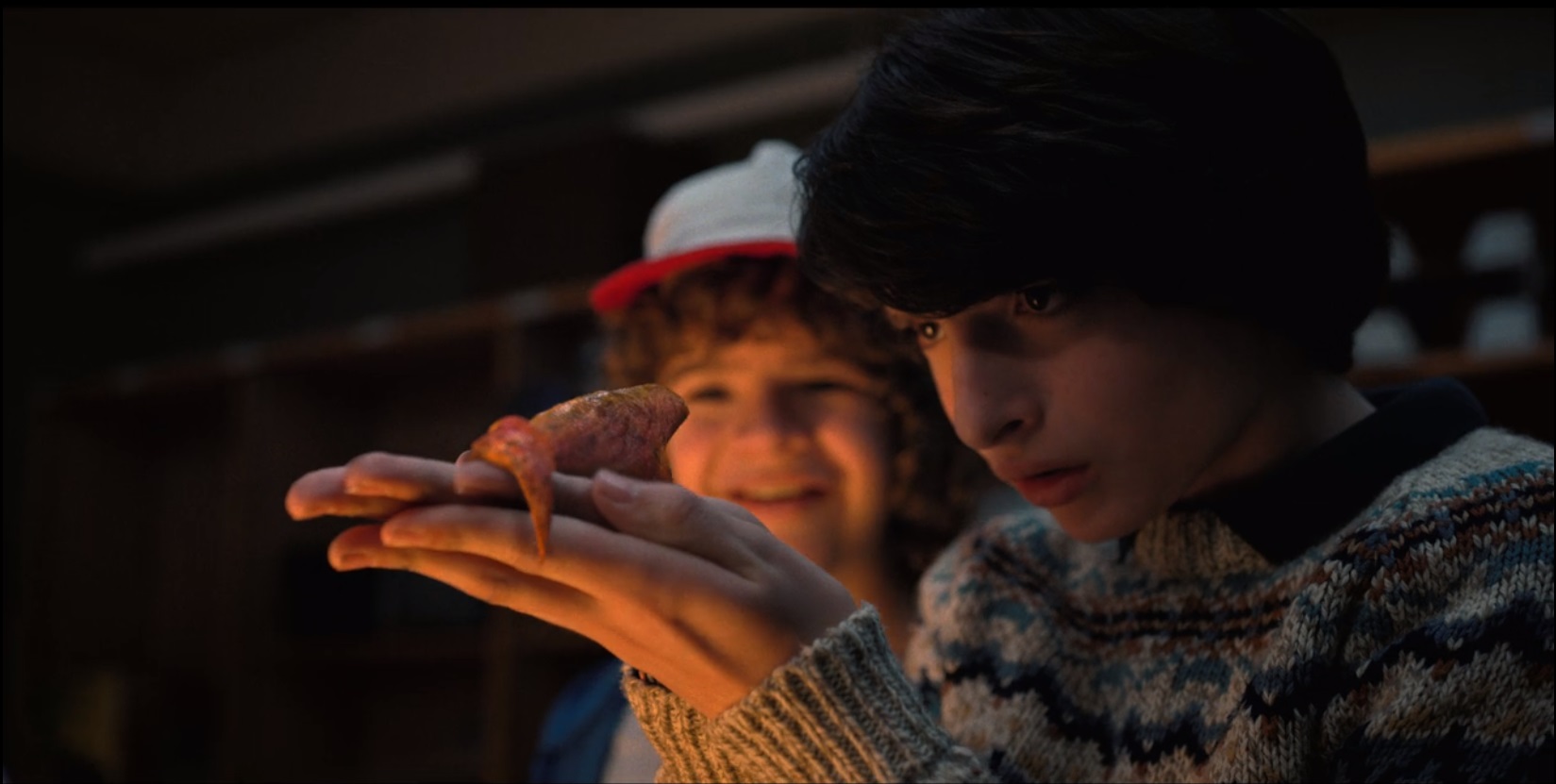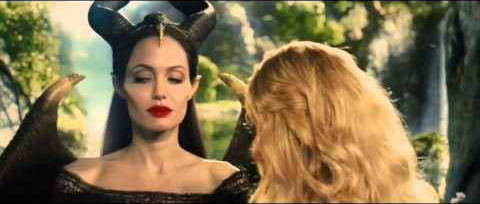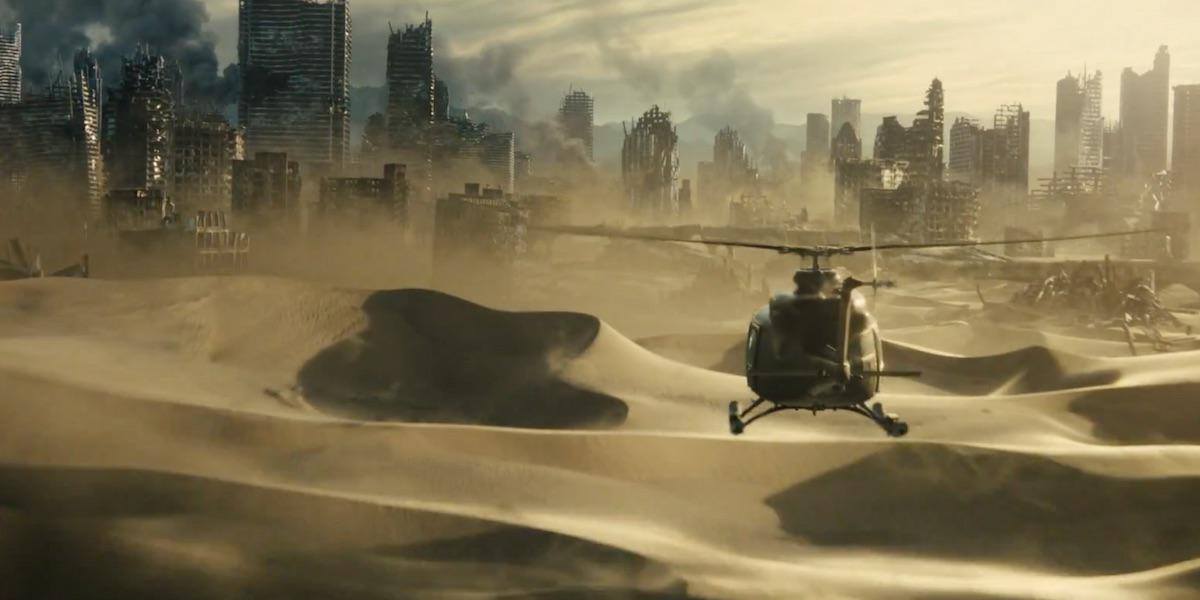
How did you first learn about VFX (Visual Effects)?
I loved watching sci-fi movies as a kid. Jurassic Park really inspired me. The story drives you through the film, but I loved the magic of visual effects and wondered how they managed to do them.
What made you decide to move from Venezuela to study at Think Tank Training Centre in Vancouver, Canada?
While studying Journalism in university, I took some courses in cinema and eventually decided to do a thesis about 3D. I learned graphic design and became familiar with programs like Photoshop and 3DS Max. But I wanted to learn more so I looked into all of the possibilities. After reviewing many schools, I found Think Tank to be the best option to study CG.
What did you get out of your experience at Think Tank?
They matched my high expectations. The quality of the alumni’s reels is impressive. The instructors are great artists that work in the industry and know what is needed to be successful. The owners, the staff, and my classmates were always friendly and helpful. They guided me to become a better artist and became my family in Canada. There was one experience that helped me select my path as Texture Artist was during the first semester Texture class, taught by Peter Hogan, where the assignment was to create a texture for a character. Mine was a mixture of different textures: reptiles and octopus skin.
Can you tell me about your mentor: Justin Holt?
I was one of the first two students to be mentored by Justin. He gave a demo on texturing and from then on I was hooked on textures. He taught us to focus on creating realistic detail for a simple object, rather than a huge environment for our demo reel. I learned so much from him.
What does a Texture Artist actually do?
Our job and challenge is to recreate, as closely as possible, the properties and look of an object, painting different maps with information like colour and glossiness, plus surface details like scratches, wrinkles, and bumps.

Where does a Texture Artist fit in the pipeline of a VFX studio?
Once the 3D model has been made, the Texture Artist will do the UV’s (or the Modeler will, depending on the studio). I think the Texture Artist should do it, because then they can control the position, size, amount of patches, and arrangement. Then we bring it into Mari, Zbrush, or Mudbox for texturing. When we finish our texture work, it gets published in the pipeline and then the Lookdev artists can use it.
Besides Mari, Zbrush, and Mudbox, are there any other programs that Texture Artists will use?
Substance is the new one everyone is talking about. It has recently entered the pipeline of some studios, including Method. Before it was used mostly for games instead of VFX. Marmoset is also very powerful, but I haven’t seen it being used in VFX studios yet. Even though more work is becoming procedural, there will always be a need to texture and we will adapt as the tools become better.
Does a Texture Artist need to have a background in fine arts, photography, or 3D?
Fine art is the beginning of everything. I personally don’t have that background, but I did do photography in school. I was known for also taking close-up photos of details, and that has helped me with my work.
What is the strangest or most unusual thing you have had to reference?
For one project, a character’s cranium was broken open, so I had to look for gruesome photos of victims of accidents to achieve a realistic look.
What is your pet peeve when you see bad texture work in movies?
My pet peeves are when you can recognize tileable textures or when they don’t respect the proportions of the object, for example the pores on a CG character’s skin that are way too big or too small.

How is your work different in a smaller studio like Hydraulx compared to a larger studio like Method?
Now I have the opportunity to work with more texture artists and render with different software. Working with my mentor, Justin Holt, has been fantastic. I work with other Texture Artists that I really admire and we are divided by show/film into groups working under a lead and a supervisor.
What were some of the most challenging tasks/shots you were given at work? How did you deal with them?
There was one project I worked on that was based on something I loved as a kid. The look they were going for was totally opposite of how I had imagined it. It is important to understand that the job that you are doing is something to deliver to please a client. They are making art too and may have a different vision, so you cannot get really attached.
At Hydraulx, when the lead Texture Artist left, I had to fill in for him. I didn’t think I could do it but Chun Seong Ng, the Modeling Supervisor at the time, really helped me build confidence. I had to learn how to do organic surfaces in addition to hard surfaces: a little bit of everything. This experience helped me become a lead at Hydraulx.
What do you like most about your job?
I get to spend the whole day doing what I love: painting! That’s priceless. You get to tell a story with an object as a Texture Artist. All of those wrinkles, pores, and imperfections make something more believable and more interesting.
How has the industry changed since you started working here 4 years ago?
The role of a Texture Artist is more defined and stronger now, so there are fewer generalists. Much of the work used to be done only in Photoshop, but there are more software options and new tools now. Mari is always improving and Substance is a great asset.
Is there a film or series you would like to work on in the future?
Everything made by Marvel Studios excites me. Method Studios works on most of the Marvel films so I am really pleased with where I am now. Working on a new Planet of the Apes or Star Wars would be fun too.
What advice would you give to someone wanting to work in the VFX industry?
Don’t be limited by your age or language. If you want to do it, you will do it. So far this has worked for me. Be modest and don’t be scared of asking questions. Learn from the people around you. You get more ideas from a new pair of eyes. Push yourself to be a better version of yourself. If you want to be a Texture Artist, a really useful website is: https://texturing.xyz/
Thank you for your time, Sandy.
My pleasure, Andrew.

Interview by Andrew Zeller. September 3, 2017.
To learn more about Sandy Romero and see her many credits, here is her IMDb, Linkedin, and website.